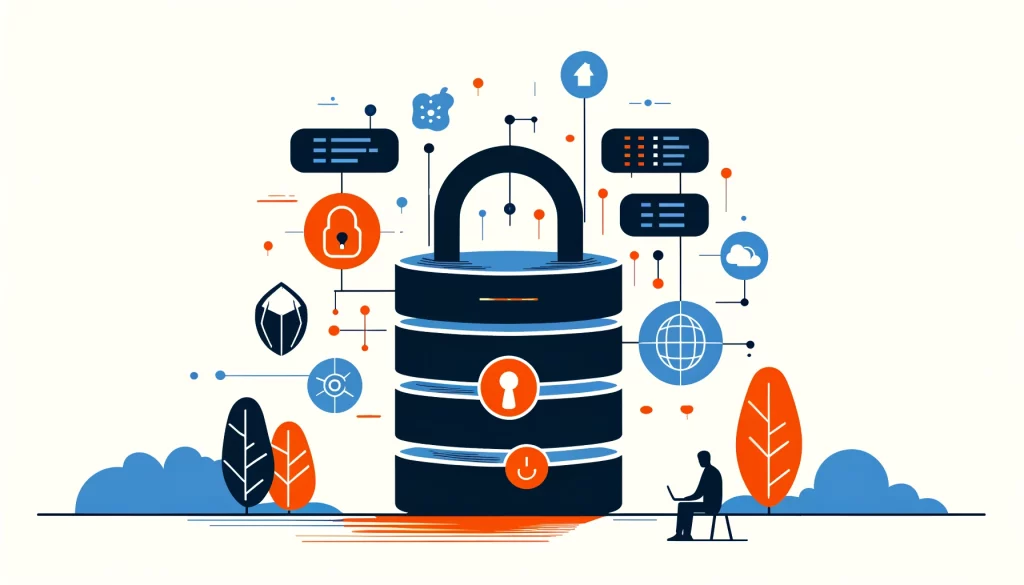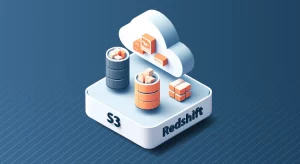
MS SQL Row Level Security

Introduction
Data security is a critical concern for organizations of all sizes. Having strong security measures in place is crucial because of the increase in sensitive data stored in databases. These measures are necessary to prevent unauthorized access and data breaches. One powerful feature in Microsoft SQL Server that helps enhance data security is Row Level Security (RLS). This article explains MS SQL Row Level Security basics, benefits, and includes examples to show how it works.
With the growing complexity of data access requirements and compliance regulations, Row Level Security (RLS) offers a fine-grained approach to control who can access specific rows of data within a table. This feature ensures that sensitive information remains protected while allowing users to work with the data they are authorized to see.
What is MS SQL Row Level Security?
MS SQL Row Level Security is a feature in SQL Server 2016. It allows you to control access to specific rows of data. This control relies on the user or role of the person attempting to access the data.
You can control who can see or change certain rows in a table, making sure users only access approved data.
Why SQL Server Row Level Security Matters Today
SQL Server Row Level Security helps organizations meet strict compliance standards like HIPAA, GDPR, and PCI-DSS by enforcing access rules directly at the database level. Instead of relying on complex application-side filters, RLS ensures that users can only view data they’re authorized to access—no matter how they connect.
This built-in security feature is especially useful in shared databases, multi-tenant SaaS apps, and regulated industries. For added control, many companies enhance SQL Server Row Level Security with tools like DataSunrise, which integrates seamlessly to provide deeper auditing, masking, and policy enforcement—all without disrupting operations.
RLS is helpful when many users or apps use one database, but each user needs limited access to some data.
Advantages of MS SQL Row Level Security
- Granular Access Control: RLS lets you decide who can see certain data based on their identity or role. This gives you precise control over user permissions. You can control access at an extremely detailed level.
- Simplified Security Management: RLS lets you set security policies on tables easily, without needing complex views or stored procedures. This simplifies security management and reduces the risk of errors.
- Improved Performance: RLS applies the security policies at the database engine level, ensuring efficient execution of queries. The database engine optimizes the queries based on the RLS policies, minimizing the performance impact.
- Centralized Security: The database centrally defines and manages RLS policies, eliminating the need to implement security logic in application code. This centralization makes it easier to maintain and audit security policies.
Implementing MS SQL Row Level Security
To implement RLS in MS SQL Server, you need to follow these steps:
- Create a security predicate function that defines the access rules for each row based on the user or role.
- Create a security policy that applies the predicate function to the table.
- Enable the security policy to enforce the row-level security rules.
Let’s see an example to understand the implementation better.
Implementing RLS on a Customer Table
We can limit access to private customer details in the Customers table based on the user’s role. This means that only certain users will be able to view the data. We have two roles: SalesRep and Manager.
Sales reps can only see and change data for their assigned customers. Managers can see all customer data.
First, let’s create the Customers table:
sql
CREATE TABLE Customers (
CustomerID INT PRIMARY KEY,
CustomerName VARCHAR(100),
SalesRepID INT,
-- Other columns...
);Next, we’ll create a security predicate function that defines the access rules:
sql
CREATE FUNCTION fn_CustomerAccessPredicate(@SalesRepID INT)
RETURNS TABLE
WITH SCHEMABINDING
AS
RETURN SELECT 1 AS AccessResult
WHERE
(@SalesRepID = USER_ID() AND USER_ID() <> 1) -- SalesRep can access their own customers
OR (USER_ID() = 1); -- Manager can access all customersNow, let's create a security policy that applies the predicate function to the Customers table:
sql
CREATE SECURITY POLICY CustomerPolicy ADD FILTER PREDICATE dbo.fn_CustomerAccessPredicate(SalesRepID) ON dbo.Customers WITH (STATE = ON);
When a user views the Customers table, the rows that meet the criteria will display. This is because of the security policy in place. If a sales representative with ID 10 looks up customers, they will only see the ones assigned to them. A manager can see all customers.
Real-World Use Cases for MS SQL Row Level Security
Healthcare organizations use RLS to restrict patient data access by department. Financial institutions limit account visibility based on client relationships. Multi-tenant applications separate customer data without duplicate tables. Human resources departments protect salary information from unauthorized employees. Insurance companies restrict claim access to assigned adjusters only. Educational institutions limit student record access to relevant faculty. Retail companies segment regional sales data for territory managers. Government agencies compartmentalize sensitive information across departments. SaaS providers ensure client data separation within shared databases. Consulting firms restrict project data access to assigned team members. Manufacturing companies limit inventory visibility by facility location. Legal firms segregate case information based on attorney assignments.
Performance Considerations and Best Practices for MS SQL Row Level Security
While MS SQL Row Level Security provides powerful access control capabilities, implementing it effectively requires careful consideration of performance impacts and best practices. When poorly implemented, RLS can create processing overhead that affects query performance, especially on large tables with complex predicates.
To optimize MS SQL Row Level Security performance, keep predicate functions as simple as possible. Complex predicates require more processing power and can slow down query execution. Use appropriate indexing on columns referenced in your RLS predicates to improve filtering efficiency. This ensures the database engine can quickly identify and filter rows based on security conditions.
Consider the execution plan impact when designing MS SQL Row Level Security policies. The SQL Server query optimizer incorporates RLS predicates into execution plans, which may change optimal query paths. Testing queries with actual data volumes and RLS policies enabled helps identify potential performance bottlenecks before deployment.
When implementing MS SQL Row Level Security in production environments, monitor query performance regularly using SQL Server's built-in tools like Query Store and Dynamic Management Views. This allows you to track how RLS affects overall system performance and make adjustments as needed.
For optimal security maintenance, document all MS SQL Row Level Security policies thoroughly, including their purpose, affected tables, and predicate logic. This documentation proves invaluable during security audits and when onboarding new database administrators. Implement changes to RLS policies through a controlled change management process to prevent unintended access issues.
Summary and Conclusion
MS SQL Row Level Security boosts data security by controlling access at the row level with precision. It simplifies security management, improves performance, and provides centralized security within the database. Organizations can use RLS to control user access to data.
This helps prevent unauthorized access and data breaches. RLS ensures that users can only access and modify data that they have permission to. This reduces the risk of security breaches.
DataSunrise provides great tools for data security, audit rules, masking, and compliance. They are flexible and exceptional in managing data. DataSunrise integrates seamlessly with MS SQL Server and complements the built-in security features like Row Level Security.
Contact our team for an online demonstration to learn how DataSunrise can protect and handle your important data. Our experts will be happy to demonstrate the capabilities of DataSunrise and answer any questions you may have.
